Gem Profile- Moldavite
Today we look at Moldavite
Moldavite
Millions of years ago, many meteors, or huge rocks from space, slammed into the earth, forming impact craters. Traveling at extreme velocities, these meteors were incredibly hot when they entered the Earth's atmosphere and became meteorites. As we have learned, 90% of the Earth's crust is made of silicate minerals, or forms of quartz that are mixed with other minerals, and depending on the location of the impact, the ferocious heat from a meteorite would melt that part of the Earth's surface. When the meteorite actually hit a puddle of melted Earth minerals, sometimes its own content combined with them forming a new substance that "splashed" through the air and then hardened either in the air or after it landed on the Earth; sometimes hundreds of miles away from the original impact in areas that have been named strewnfields. Due to the Earth's abundant silica content, most of these new materials formed a type of glass called a tektite. Tektite comes from the Greek word tektos, meaning "melted."
Millions of years ago, many meteors, or huge rocks from space, slammed into the earth, forming impact craters. Traveling at extreme velocities, these meteors were incredibly hot when they entered the Earth's atmosphere and became meteorites. As we have learned, 90% of the Earth's crust is made of silicate minerals, or forms of quartz that are mixed with other minerals, and depending on the location of the impact, the ferocious heat from a meteorite would melt that part of the Earth's surface. When the meteorite actually hit a puddle of melted Earth minerals, sometimes its own content combined with them forming a new substance that "splashed" through the air and then hardened either in the air or after it landed on the Earth; sometimes hundreds of miles away from the original impact in areas that have been named strewnfields. Due to the Earth's abundant silica content, most of these new materials formed a type of glass called a tektite. Tektite comes from the Greek word tektos, meaning "melted."
The olive to grayish or brownish green tektite that we know as moldavite is an amazing material. Found mainly in the strewnfield that covers parts of the Czech Republic, Austria, and Germany, moldavite is believed to be a result of the Ries impact crater in Germany. The name moldavite comes from either the Moldau (Vltava) River or the town of Moldauthein, where it was first geologically documented. Although there are three other acknowledged strewnfields on our Earth, such as the one created by the Chesapeake Bay impact crater that threw greenish-yellow tektites as far away as the state of Georgia, the transparent green moldavite is only found in one area. While most follow the scientific consensus, there are those who do not agree with modern science and still believe that moldavite "fell to earth" as a gemstone from the heavens, similar to ancient people who called moldavite and every transparent green stone "emerald."
Part of Dale's personal moldavite collection. Notice the different shades of olive to grayish green and the very cool "splatter" shapes.
Part of Dale's personal moldavite collection. Notice the different shades of olive to grayish green and the very cool "splatter" shapes.

Moldavite has been determined to be more than 14.7 million years old. Mid- through late-stone age Paleolithic man valued moldavite, as proven by archaeologists who found fragments and amulets of moldavite near a statue in Austria that has been named "Venus of Willendorf" dating from between 24,000 and 22,000 BCE. European jewelers have been making jewelry using moldavite for many generations, often combined with rich Bohemian garnets; however, modern jewelers didn't begin using moldavite until the end of the 19th century. Because a lot of the air-hardened glass shattered when it returned to Earth, moldavite is generally found in smaller pieces that weigh 6 to 7 grams each, but they can vary in size up to well over 20 grams. The largest specimen ever found is on display in the National Museum in Prague, weighing in at 238 grams, or a little more than half a pound!
Colored by iron and high in silica, moldavite is prized for its odd-shaped, sculptured appearance. The resemblance to green growing things with sharp to rounded spines and tines is most appealing to jewelry artists, and has been called either "splash" or "splatter" moldavite, having been formed by the speed it flew through the air and the fact that some of the glass was still soft when it hit the earth. Attractive, but irregular shapes like teardrops, tubes, barbells, individual branches, and ornamental kale leaves are common. Unlike man-made glass, moldavite usually has elongated inclusions of gas and air bubbles, and it will never contain crystals like volcanic glass will. The best moldavite is said to be translucent; however, if a piece is thick, it will appear to be more opaque without a bright backlight, and transparent pieces are often faceted. With a Mohs hardness of 6.5 - 7, cabochons, New Age items, and small carvings are also made of moldavite. Click to check out this very lovely carving of a Moldavite Cameo I found on a website for a Prague radio station!
A freeform piece of moldavite that has a natural, rough back and a checkerboard cut top. Private collection, Dale Armstrong.
A freeform piece of moldavite that has a natural, rough back and a checkerboard cut top. Private collection, Dale Armstrong.

My research found another interesting subject related to moldavite. Did you know that many scholars who have sought an answer to the mystery of the Holy Grail think that maybe it was carved from moldavite? One legend tells of Napoleon, while seeking the truth to Christianity, of being presented with a green glass cup that he discarded. Another story tells of an ornate golden chalice, embellished with moldavite that was lost during World War II, like so many other treasures. Metaphysical uses of moldavite range from placing it under one's pillow to encourage dreaming to carrying a piece in your pocket for a positive life change. It is known and used as "an awakener and accelerator of our spiritual evolution."
Yes, natural moldavite is incredibly unique in its shapes and color, but because it is so rare, beware! There are many counterfeit materials being marketed as genuine moldavite. First, there is no such thing as "African" moldavite. The green glass that is said to come from locations such as Tanzania is as clear and bright green as an old soda or beer bottle, and there are no gas or air bubbles in most of it. Those pieces that do have round bubbles are not moldavite. Some people are actually melting glass and then pouring it into molds made from real moldavite, but remember, like snowflakes no two pieces of moldavite look alike and the "molded" glass will not have the sharp tines! Still another ruse is to melt old glass and pour it onto the earth, and then grind or tumble the dirt away to be able to sell the glass as "facet grade" moldavite. Material sold as "blue" moldavite is probably labradorite.
A piece of glass that was labeled and sold as facet-grade "African" moldavite. Private collection, Dale Armstrong.
A piece of glass that was labeled and sold as facet-grade "African" moldavite. Private collection, Dale Armstrong.

Moldavite has always been a very special stone and it is now almost extinct! There were several mines in the Reis impact crater strewnfield area, but about all of them have now played out. Last year (2010) I spoke with my personal moldavite dealer from the Czech Republic who said then that they were currently digging more than 10 meters down and there was very little moldavite to be found. When I purchased my first specimens around 1995, I paid $2.00/gram. Last year it had gone up to $12/gram and that wasn't for the "designer" pieces I was seeking! So, I guess I will have to be content with the collection I have, and I hesitate to make jewelry from any of them, without a prepaid custom order!
Resources
Print Resources:
The Book of Stones and What They Teach by Naisha Ahsian and Robert Simmons, ISBN 1-5564-3668-8
Collecting Rocks, Gems and Minerals by Patti Polk, ISBN 1-4402-0415-2
Gemstones of the World by Walter Schumann, ISBN 0-8069-3088-8
Moldavite: Starborn Stone of Transformation Kathy Warner and Robert Simmons, ISBN 0-9621-9100-0
Internet Resources:
europeanhistory.about.com
www.radio.cz
www.wikipedia.org
Print Resources:
The Book of Stones and What They Teach by Naisha Ahsian and Robert Simmons, ISBN 1-5564-3668-8
Collecting Rocks, Gems and Minerals by Patti Polk, ISBN 1-4402-0415-2
Gemstones of the World by Walter Schumann, ISBN 0-8069-3088-8
Moldavite: Starborn Stone of Transformation Kathy Warner and Robert Simmons, ISBN 0-9621-9100-0
Internet Resources:
europeanhistory.about.com
www.radio.cz
www.wikipedia.org
Materials

Wire

Beads

Cabochons
Tools

WireJewelry - Ultimate Wire-Pliers Jewelry Pliers with Case, Set of 5
G15-20
- G15-20
- Lesson Quantity: 1.00 pieces
- Purchase Quantity: 1.00 each
- Price: $170.72
- Gold Club Price: $128.04

Bench Tools
- Category: General Education
- Technique(s): General Education







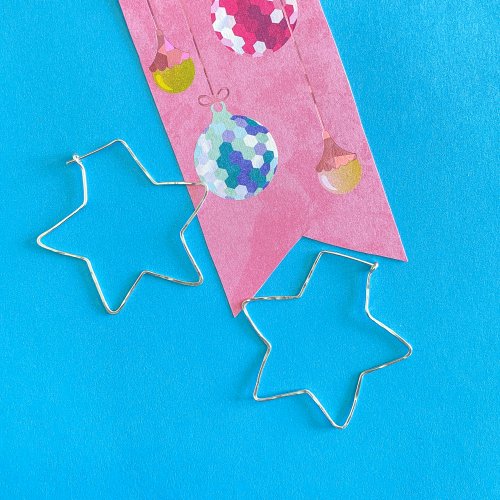
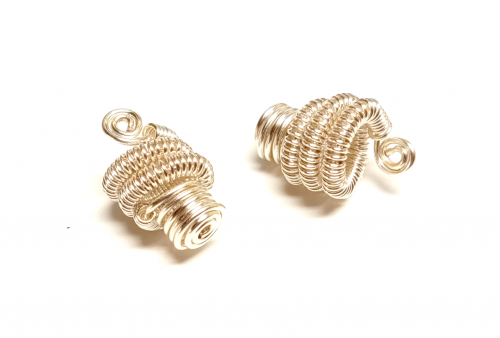
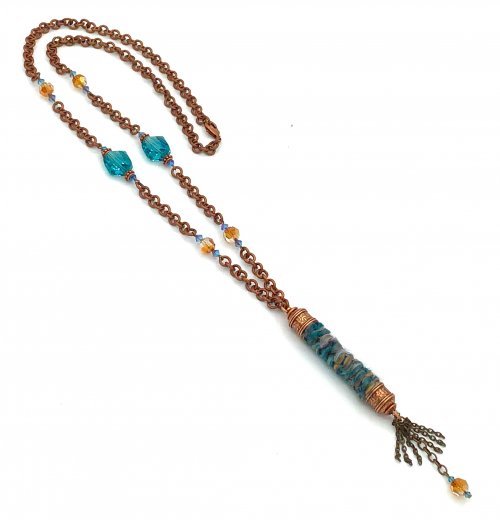

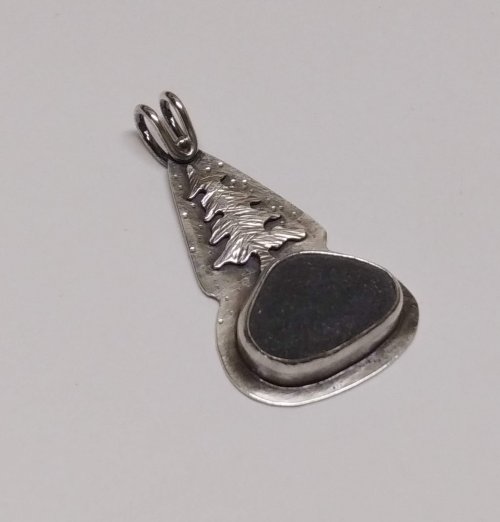
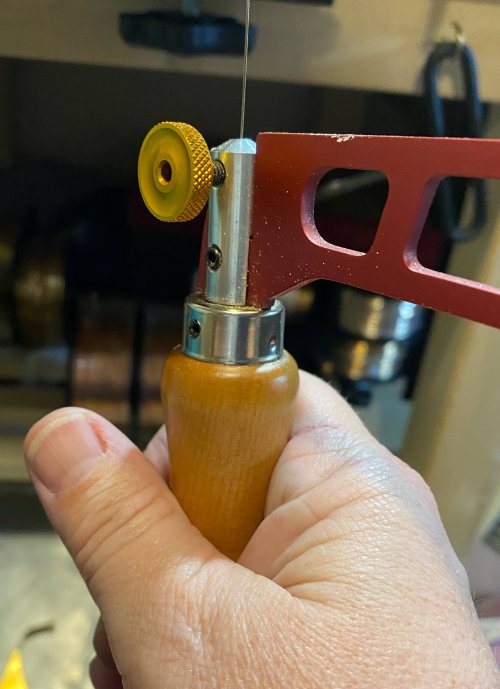
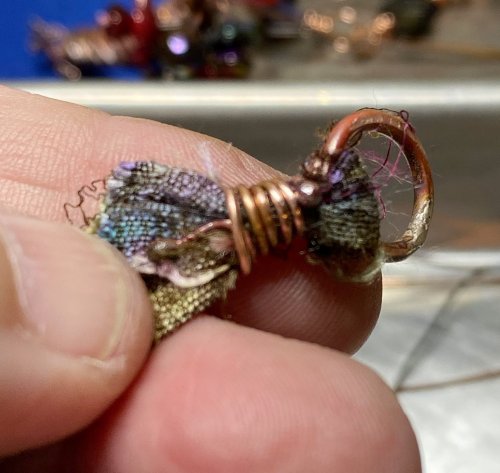
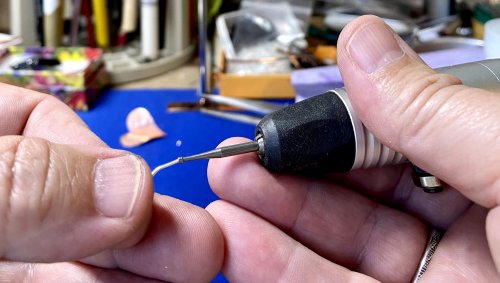
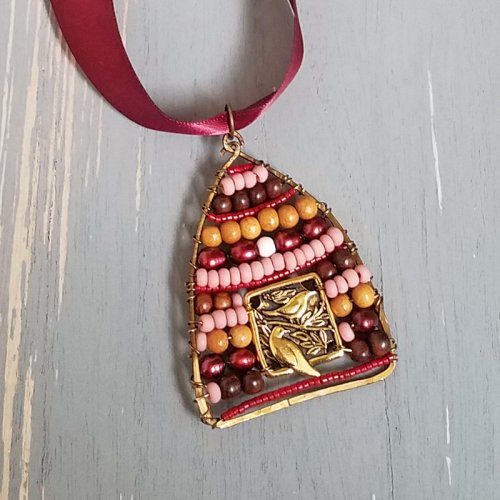
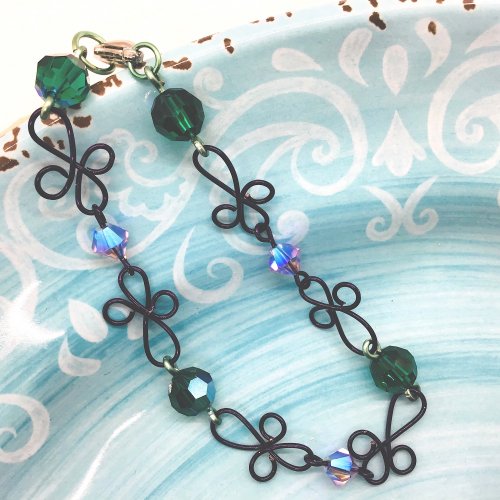



 Getting Twisted - Jewelry Making Tools
Getting Twisted - Jewelry Making Tools
 How to Price Your Wire Jewelry
How to Price Your Wire Jewelry
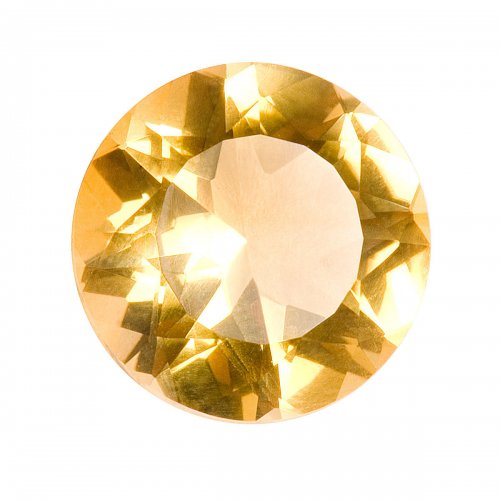 How to Measure Gemstones for Settings
How to Measure Gemstones for Settings
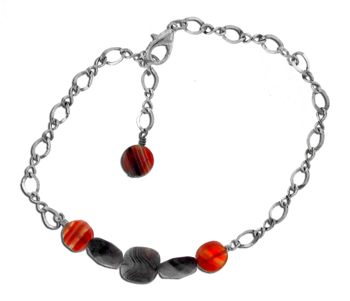 Cool Anklets are HOT
Cool Anklets are HOT
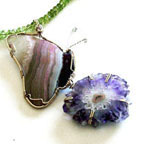 Inspiration Comes from Everywhere and Every Thing
Inspiration Comes from Everywhere and Every Thing
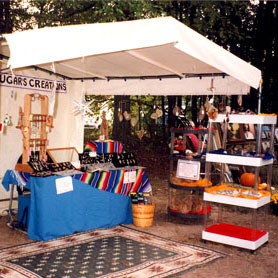 Wire Jewelry Display and Booth Ideas
Wire Jewelry Display and Booth Ideas
 Where to Sell Your Wire Jewelry
Where to Sell Your Wire Jewelry
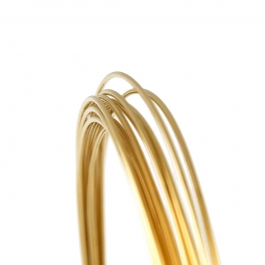 How to Choose Wire Temper for Making Jewelry
How to Choose Wire Temper for Making Jewelry
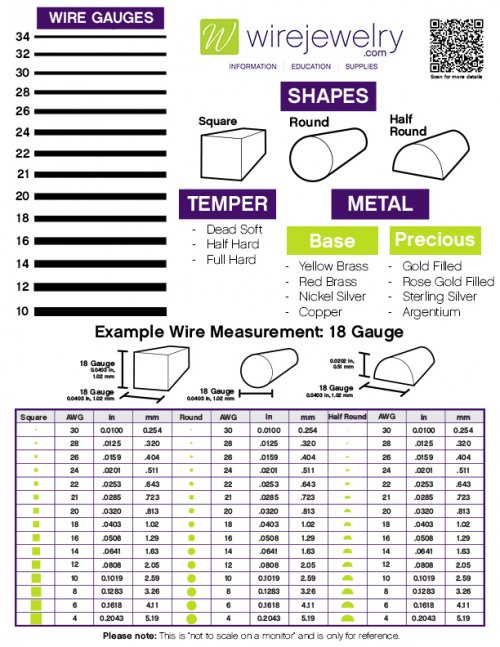 What Gauge of Wire Should I Use to Make Jewelry
What Gauge of Wire Should I Use to Make Jewelry
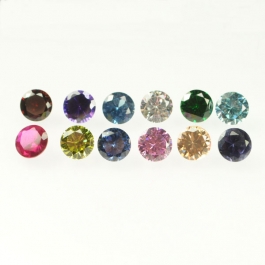 What's a Cubic Zirconia Stone
What's a Cubic Zirconia Stone
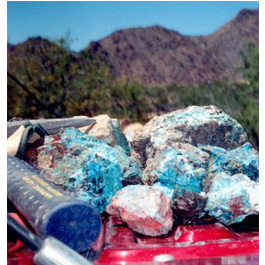 Rockhounding - A Beginner's Guide
Rockhounding - A Beginner's Guide
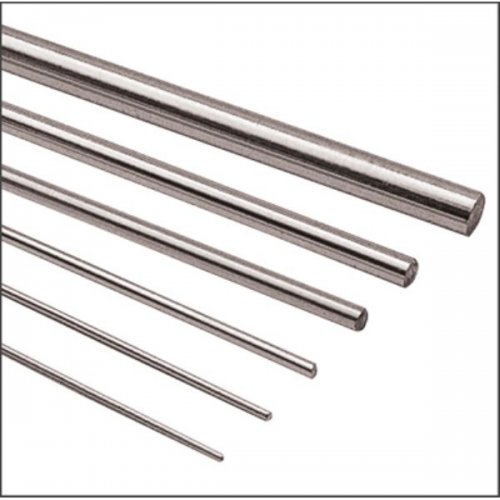 What Shape of Wire Should I Use to Make Jewelry
What Shape of Wire Should I Use to Make Jewelry
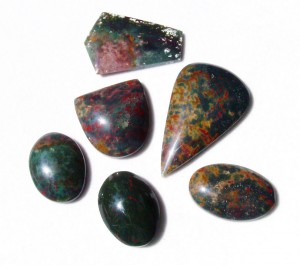 Gem Profile- Bloodstone
Gem Profile- Bloodstone
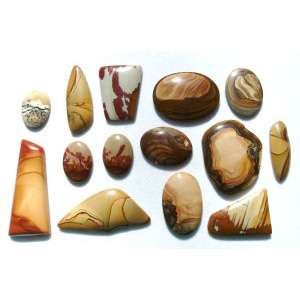 Gem Profile- Picture Jasper
Gem Profile- Picture Jasper
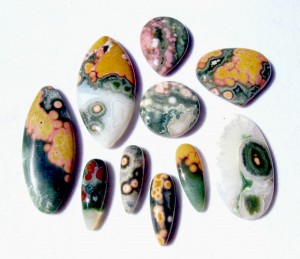 Gem Profile- Patterned Jaspers
Gem Profile- Patterned Jaspers
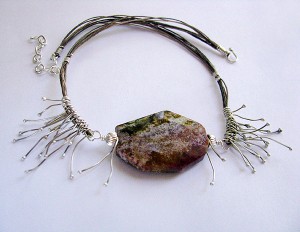 Gem Profile- What is Jasper
Gem Profile- What is Jasper
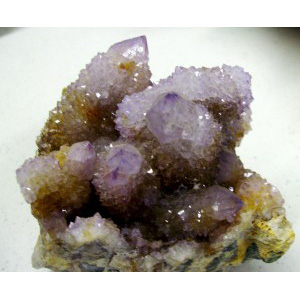 Gem Profile- Quartz Introduction
Gem Profile- Quartz Introduction
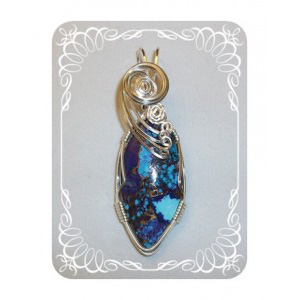 Gem Profile- Wishful Turquoise
Gem Profile- Wishful Turquoise
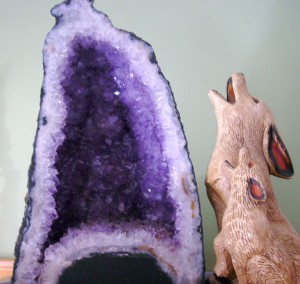 Gem Profile- Amethyst
Gem Profile- Amethyst
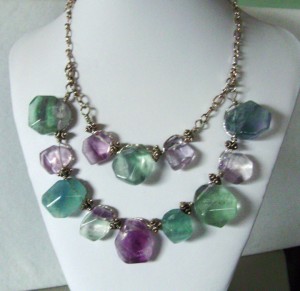 Gem Profile- Fluorite
Gem Profile- Fluorite
 Gem Profile- Obsidian
Gem Profile- Obsidian
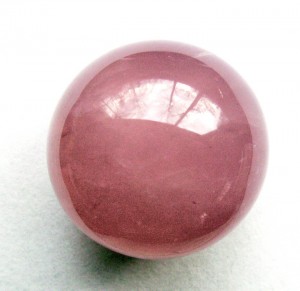 Gem Profile- Rose Quartz
Gem Profile- Rose Quartz
 Gem Profile- Smoky Quartz
Gem Profile- Smoky Quartz
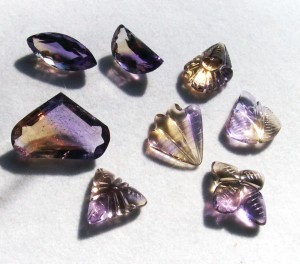 Gem Profile- Citrine and Ametrine
Gem Profile- Citrine and Ametrine
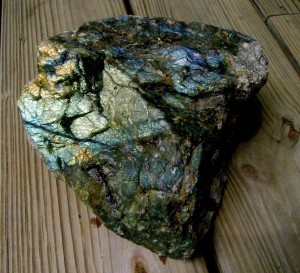 Gem Profile- Labradorite
Gem Profile- Labradorite
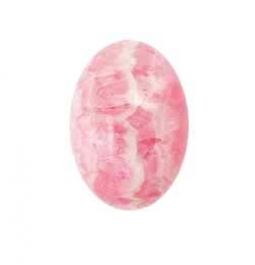 Gem Profile- Rhodochrosite
Gem Profile- Rhodochrosite
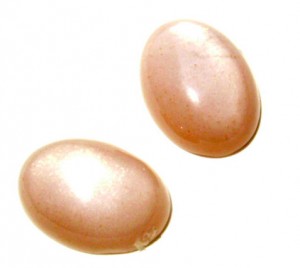 Gem Profile- Moonstone
Gem Profile- Moonstone
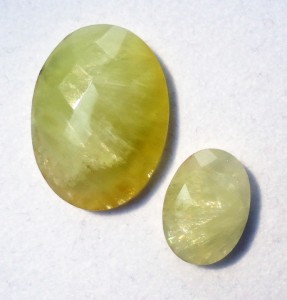 Gem Profile- Prehnite
Gem Profile- Prehnite
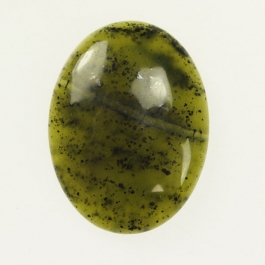 Gem Profile- Jade
Gem Profile- Jade
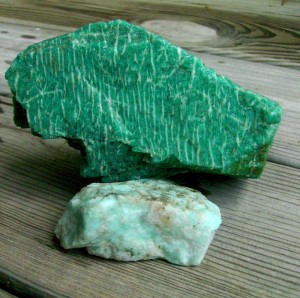 Gem Profile- Amazonite
Gem Profile- Amazonite
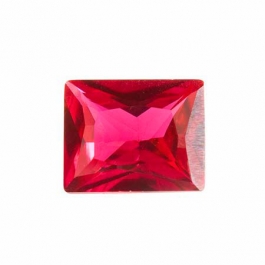 Gem Profile- Corundum
Gem Profile- Corundum
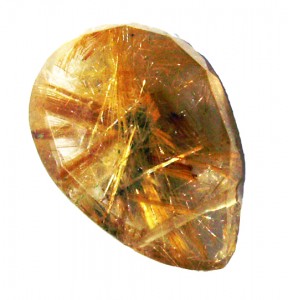 Gem Profile- Quartz with Inclusions Part 1
Gem Profile- Quartz with Inclusions Part 1
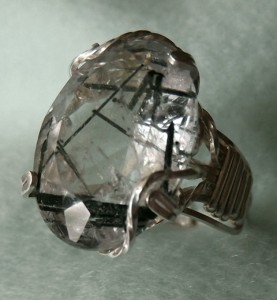 Gem Profile- Quartz with Inclusions Part 2
Gem Profile- Quartz with Inclusions Part 2
 Gem Profile- Aventurine
Gem Profile- Aventurine
 Gem Profile- Macrocrystalline Quartz
Gem Profile- Macrocrystalline Quartz
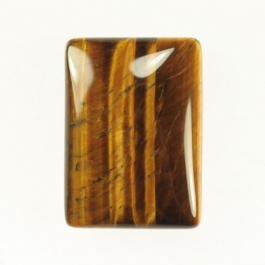 Gem Profile- Tiger Eye
Gem Profile- Tiger Eye
 Gem Profile- Fire Agate and Iris Agate
Gem Profile- Fire Agate and Iris Agate
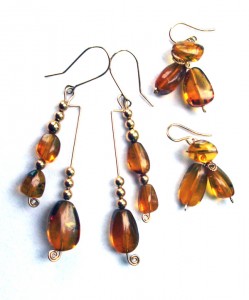 Gem Profile- Amber
Gem Profile- Amber
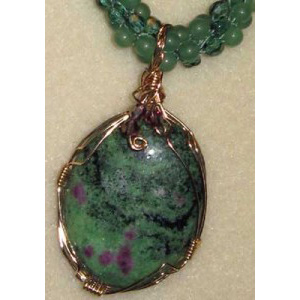 Gem Profile- Ruby Zoisite
Gem Profile- Ruby Zoisite
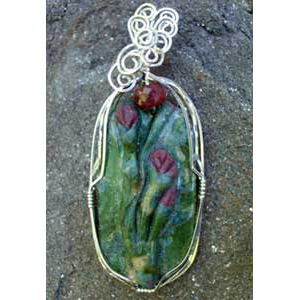 Gem Profile- Ruby Fuchsite
Gem Profile- Ruby Fuchsite
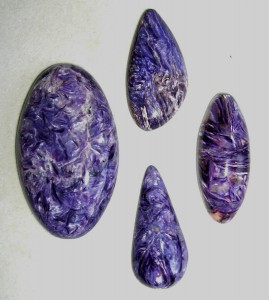 Gem Profile- Charoite
Gem Profile- Charoite
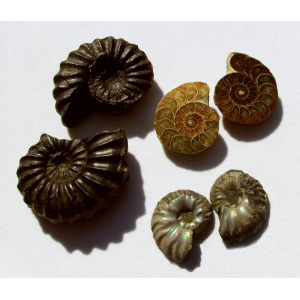 Gem Profile- Ammolite
Gem Profile- Ammolite
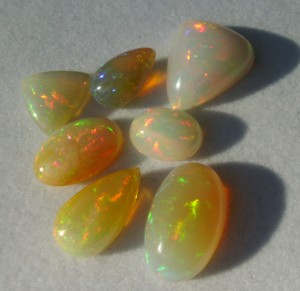 Gem Profile- White Precious Opal
Gem Profile- White Precious Opal
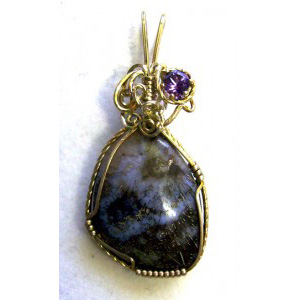 Gem Profile- Opalized Fossils
Gem Profile- Opalized Fossils
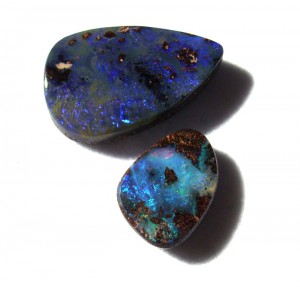 Gem Profile- Boulder Opal
Gem Profile- Boulder Opal
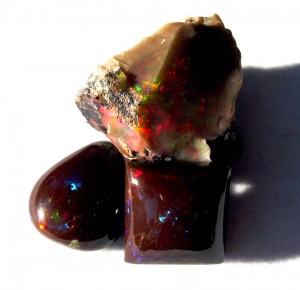 Gem Profile- Black Precious Opal
Gem Profile- Black Precious Opal
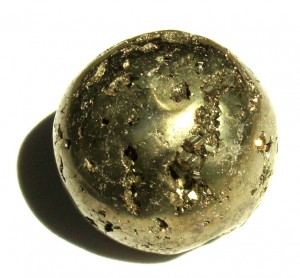 Gem Profile- Pyrite
Gem Profile- Pyrite
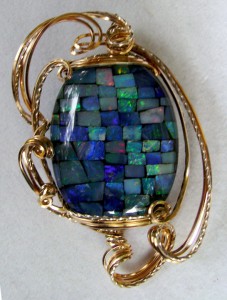 Gem Profile- Opal Introduction
Gem Profile- Opal Introduction
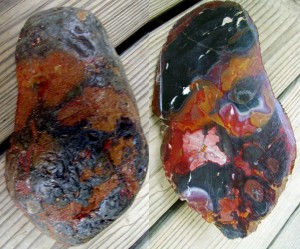 Gem Profile- Beautifully Colored Jasper
Gem Profile- Beautifully Colored Jasper
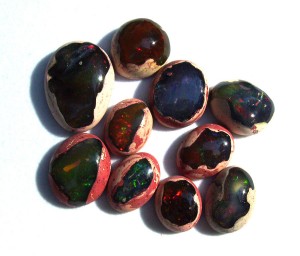 Gem Profile- Common Opal
Gem Profile- Common Opal
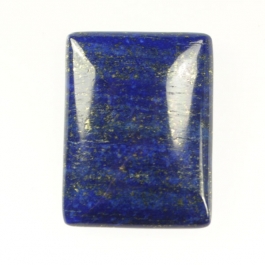 Gem Profile- Lapis Lazuli
Gem Profile- Lapis Lazuli
 Wire Sculpture Expert Dale -Cougar- Armstrong Interview
Wire Sculpture Expert Dale -Cougar- Armstrong Interview

